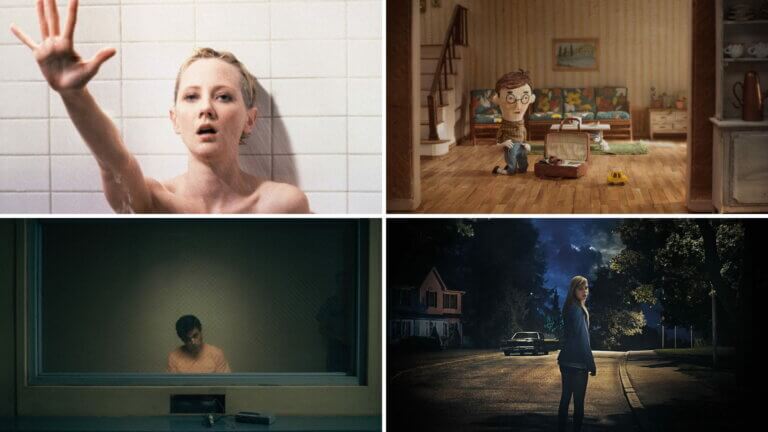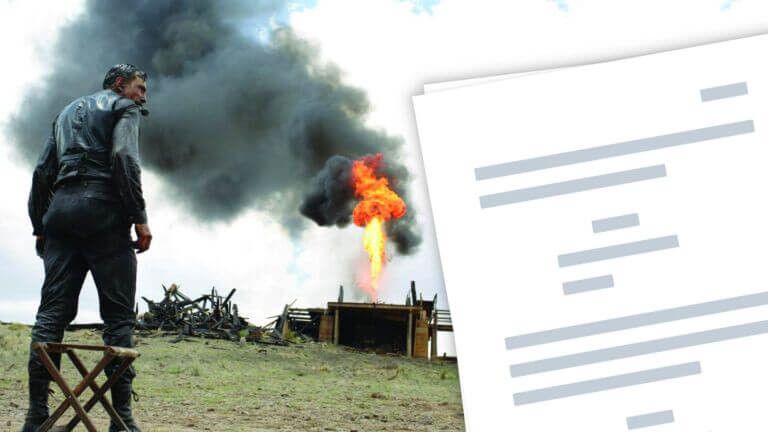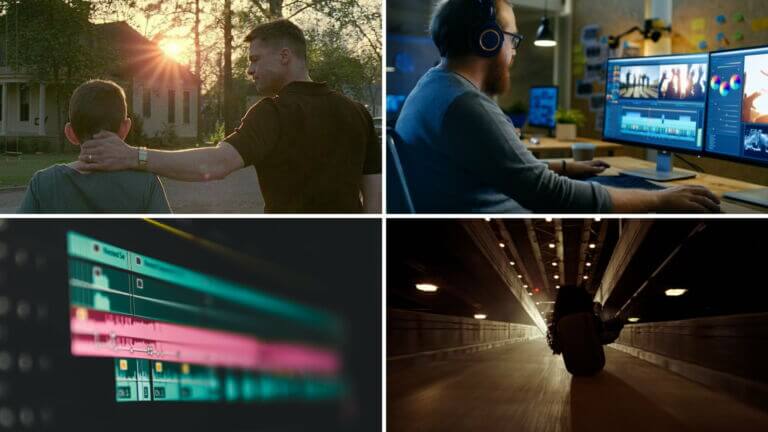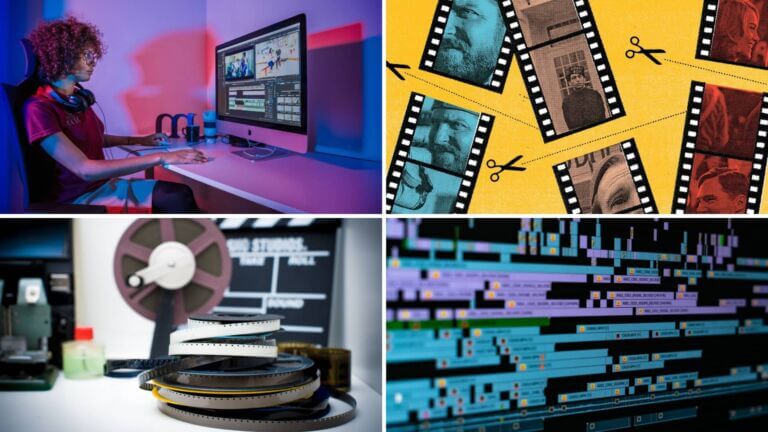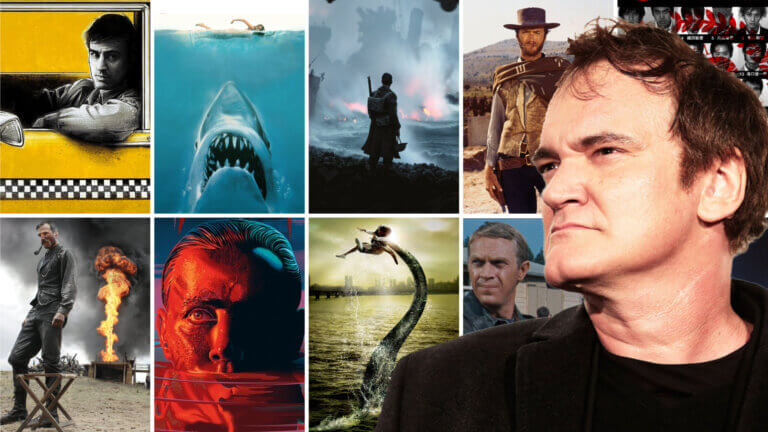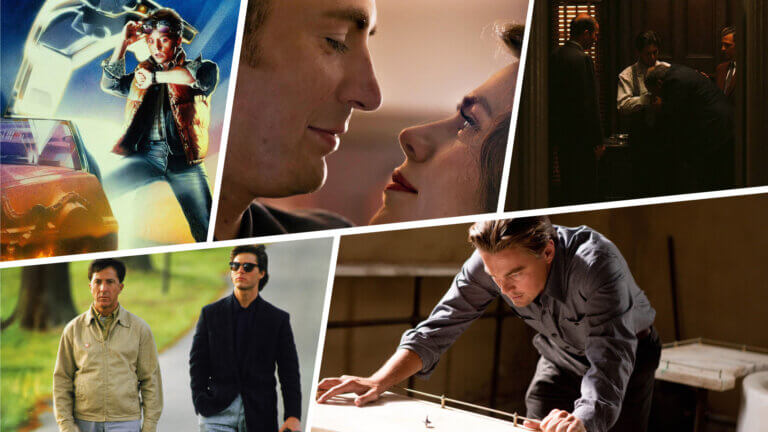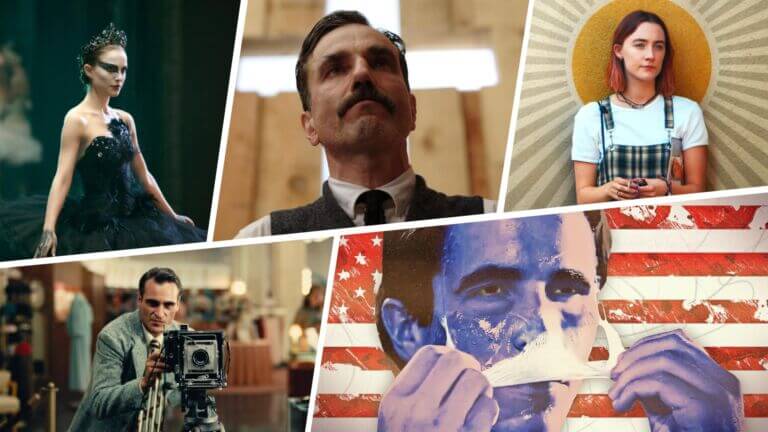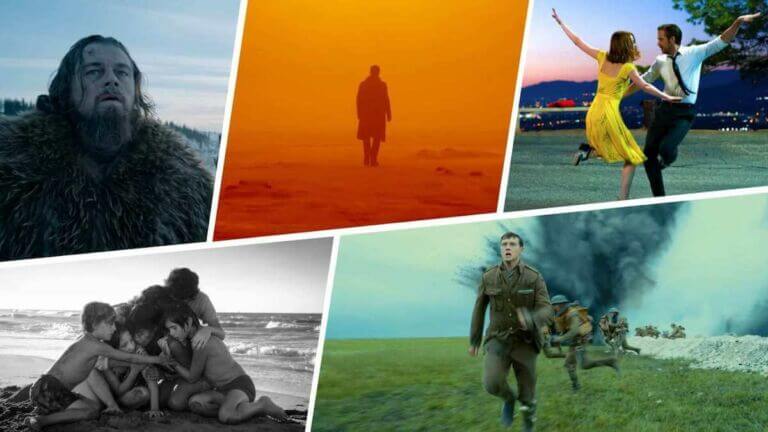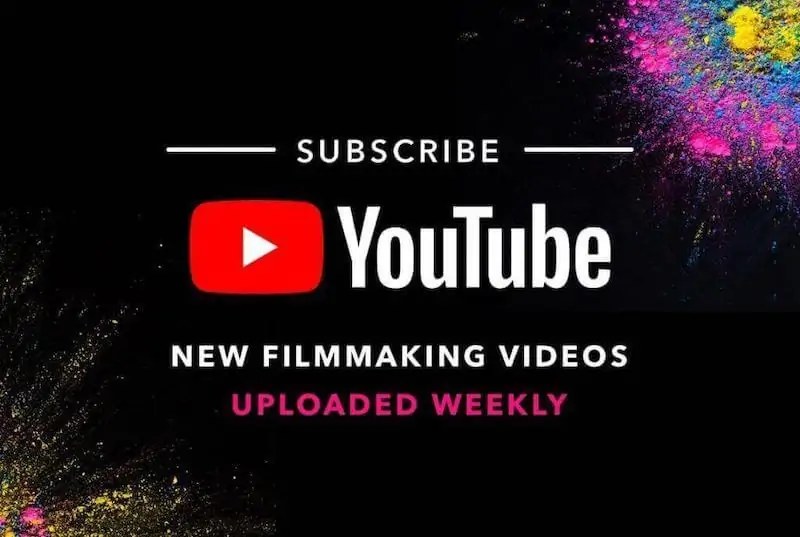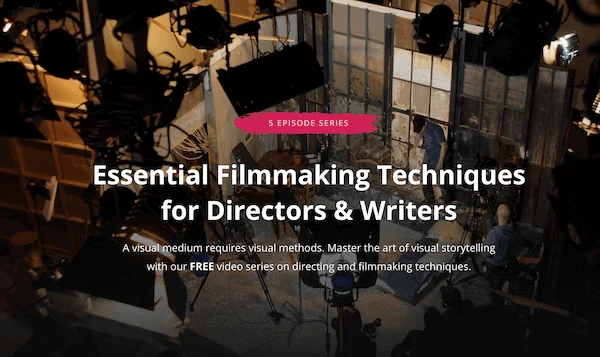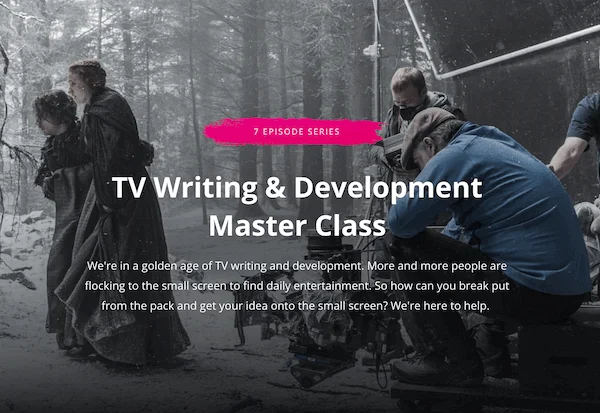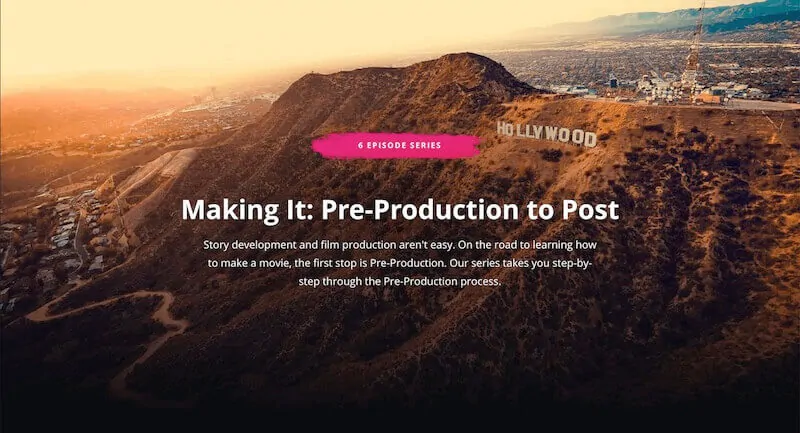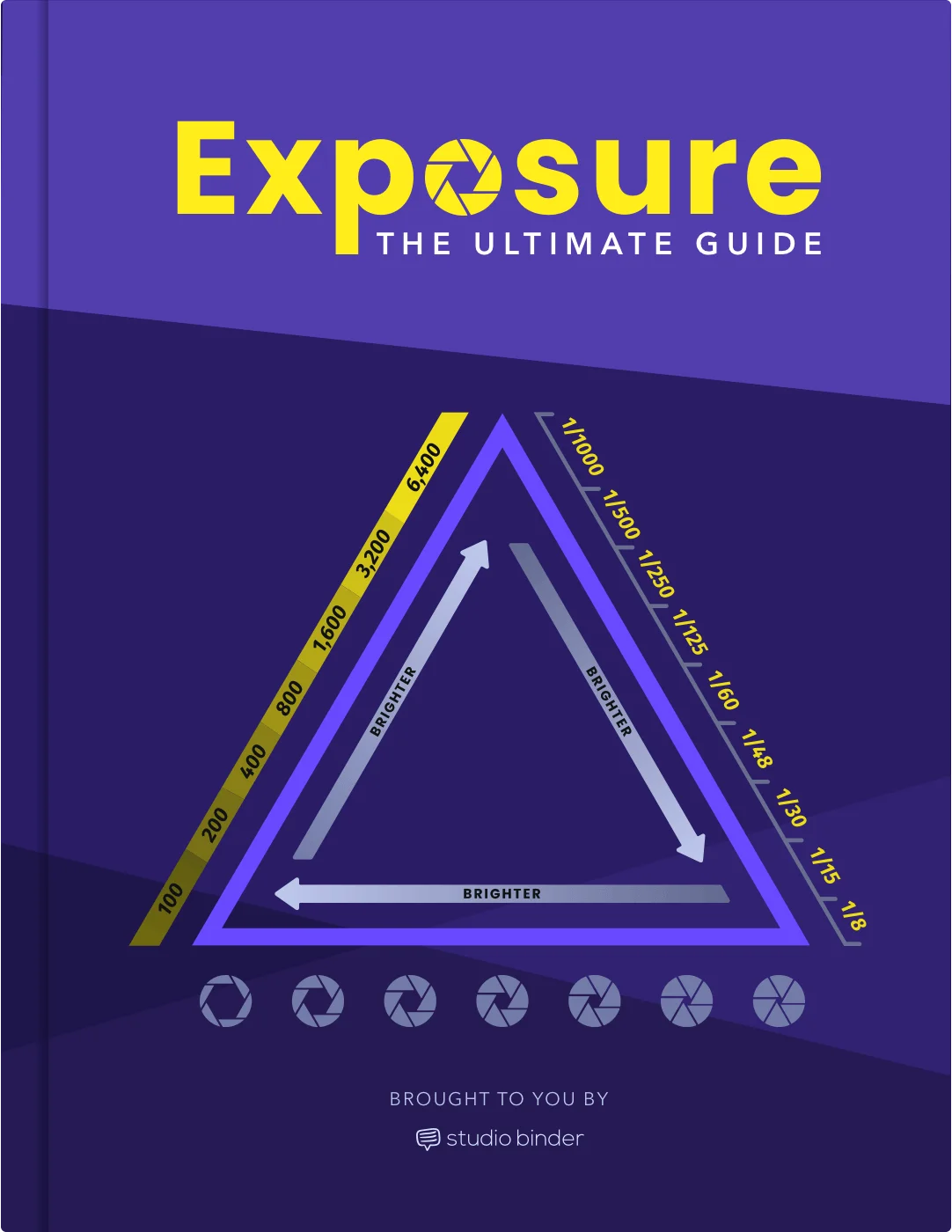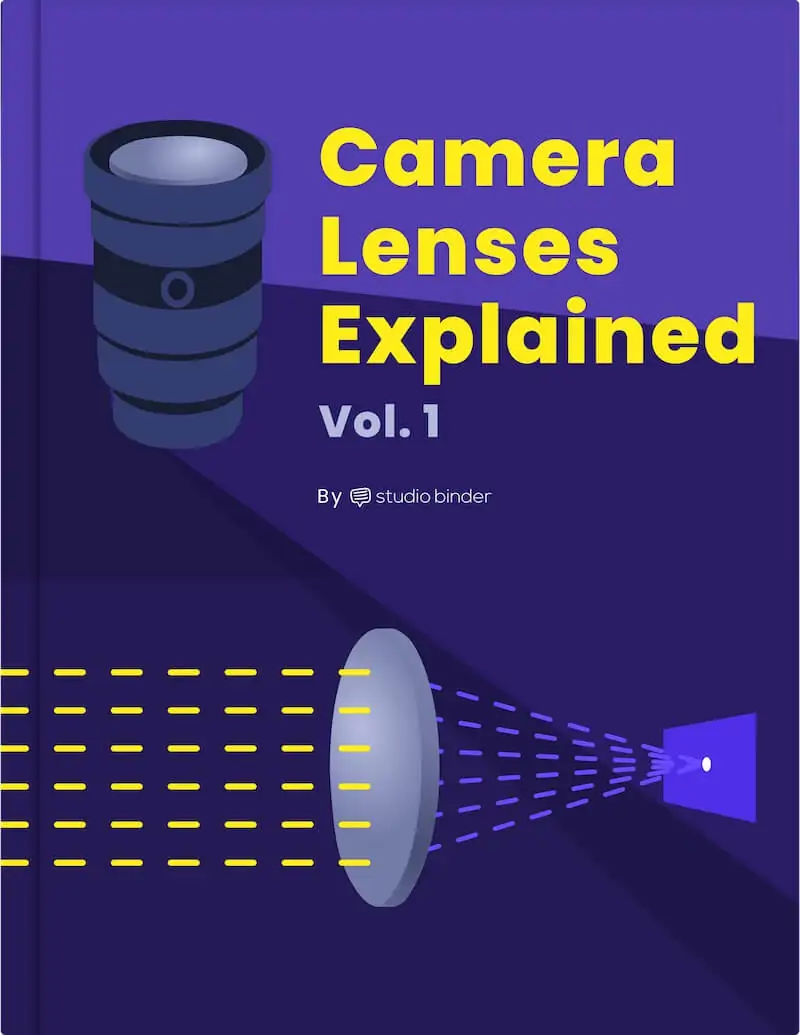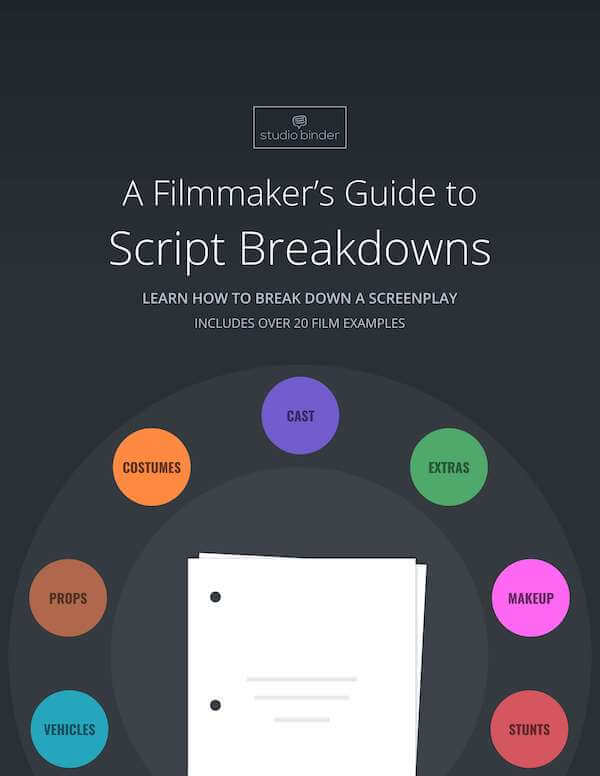There are certain compositional techniques that make a shot visually beautiful. There are other compositional techniques that are effective at visually telling a story. The frame within a frame does both. And any compositional technique that can tell a better story while simultaneously creating a more cinematic shot is worth learning about. What is a frame within a frame in film and photography? You may be familiar with the term, but in this article we’ll dive a bit deeper. Let’s take a look at the different effects this technique has on an audience and the different ways to create one. Continue reading…
Swiss psychoanalyst Carl Jung changed the conversation on psychology forever when he proposed his theory on archetypes and the collective unconscious. But Carl Jung’s proposed archetypes, otherwise known as Jungian archetypes, aren’t just pertinent for psychologists – they’re applicable for storytellers too. So, what are the Jungian archetypes? We’re going to look at these to see how writers have incorporated them in film and literature. By the end, you’ll know why Jungian archetypes are so important.Continue reading What are the Jungian Archetypes — A Writer’s Guide
Truly memorable shots in photography and cinema make a psychological impression on a viewer. These shots often use techniques that intentionally elicit emotions or create a psychological effect. One of these techniques is negative space, a perfect example of less is more. If this sounds counter-intuitive, stick around. We’re going to be taking a look at the negative space definition, its effects and how it's used in art, photo, and film. Continue reading What is Negative Space — Definition, Examples in Art & Film
Auteur filmmaker Paul Thomas Anderson is an ideal example of a storyteller that has grown and matured with time and practice. His fifth feature film There Will Be Blood is a capstone to the restrained, yet powerful storytelling ability he has come to possess with time. It also remains his most acclaimed film. What makes There Will Be Blood so great? As in every film, it all begins with the screenplay. Let’s analyze the different components of the There Will Be Blood script and how they all work together to tell an incredible, engaging story.Continue reading There Will Be Blood…
If you ever took any type of film editing class or read a book on film editing, L cuts might have been among the first techniques you learned. This is because it is one of the most effective techniques at creating a natural flow of a film. Nearly every single movie you watch will have some sort of L cut within its edit. So what is an L cut? Let’s find out.Continue reading What is an L Cut in Film — Editing Transitions Explained
Rhythm in art is often synonymous with music. Tempo, measures, and beat are critical to captivating listeners and building a great song. Rhythm in film editing works in the same way. The audience's engagement is largely dependent on the pacing of a film. Too slow is boring and too fast makes it hard to connect to the characters and narrative overall. Pacing is created from rhythm and the rhythm in a film is created by the editor. So, how does an editor control the rhythm of a film? Let’s explore the role of a film editor and the dimensions of…
When people ask me if I went to film school, I tell them no, I went to films. - Quentin TarantinoQuentin Tarantino is not just a world-class filmmaker but also a renowned film lover. He is a lifelong cinephile with an encyclopedic knowledge of the medium. Tarantino always packs his films with homages to the movies he loves. He even uses his renown as a means to provide exposure to films that he believes deserve more success. These are often foreign language films or older films that never found their audience. The following list is not in order of preference.…
Human beings have been telling stories for as long as we have roamed this Earth. Storytelling has gone from oral tradition to a natural part of the cinematic landscape. And in-between it all, we have learned how to end a story. Throughout our years telling stories, we have learned that there are ultimately four ways to end one. We will be going over each of these four ending types and explaining their characteristics for knowing how to end your screenplay. Let's begin at the beginnings before we end with the endings! Continue reading How to End a Story — Different Types…
Have you ever watched a movie that seemed more focused on the inner life of its central character than following a traditional plot? Plenty of movies have great characters, but how many of those same movies would have the same plot if you removed that character? This is part of what makes character studies special, as these are films whose whole premise is based around the main protagonist — their trials, struggles, hopes, and dreams. So what is a character study and how do you know when you’re watching one?Continue reading What is a Character Study — Character vs. Plot-Driven…
The Academy Award for best cinematography is one of the most prestigious honors bestowed each year at the Oscars. The best cinematography Oscar has been around since the inception of the award ceremony but it underwent a great deal of experimentation and evolution in the early years.Continue reading Academy Award for Best Cinematography — Top 20 Winners


